Rising Demand for Processed Foods
The increasing consumer preference for convenience foods is driving the Acidity Regulator Market. As lifestyles become busier, the demand for processed and ready-to-eat meals rises. Acidity regulators play a crucial role in enhancing the shelf life and flavor of these products. According to industry reports, the processed food sector is projected to grow at a compound annual growth rate of approximately 5.5% over the next few years. This growth is likely to bolster the demand for acidity regulators, as manufacturers seek to improve product stability and taste. Consequently, the Acidity Regulator Market is expected to witness significant expansion, driven by the need for effective preservation methods in the food industry.
Expansion of the Beverage Industry
The beverage sector is experiencing robust growth, which is positively impacting the Acidity Regulator Market. With the rise in demand for soft drinks, juices, and alcoholic beverages, acidity regulators are essential for maintaining flavor and stability. The beverage industry is projected to expand at a rate of 4.8% annually, creating a substantial opportunity for acidity regulator manufacturers. This growth is likely to be driven by innovations in product formulations and the introduction of new flavors. As beverage companies seek to enhance their offerings, the Acidity Regulator Market is expected to benefit from increased utilization of acidity regulators in various formulations.
Health Consciousness Among Consumers
There is a notable shift towards health and wellness among consumers, which is influencing the Acidity Regulator Market. As individuals become more aware of their dietary choices, there is a growing demand for food products that are not only safe but also beneficial. Acidity regulators, particularly those derived from natural sources, are increasingly favored as they align with health trends. Market data indicates that the natural food additives segment is anticipated to grow at a rate of 6% annually. This trend suggests that manufacturers in the Acidity Regulator Market may need to adapt their offerings to meet the evolving preferences of health-conscious consumers.
Technological Innovations in Food Processing
Technological advancements in food processing are significantly influencing the Acidity Regulator Market. Innovations such as high-pressure processing and advanced fermentation techniques are enhancing the efficiency of acidity regulators in food applications. These technologies not only improve the quality and safety of food products but also optimize the use of acidity regulators. As food manufacturers adopt these technologies, the demand for effective acidity regulators is likely to increase. Market analysis suggests that the integration of technology in food processing could lead to a growth rate of 5% in the Acidity Regulator Market, as companies strive to meet consumer expectations for quality and safety.
Regulatory Compliance and Food Safety Standards
The evolving landscape of food safety regulations is a critical driver for the Acidity Regulator Market. Governments and regulatory bodies are increasingly implementing stringent standards to ensure food safety and quality. This trend compels food manufacturers to utilize acidity regulators that comply with these regulations. As a result, the demand for certified and safe acidity regulators is likely to rise. Industry expert's indicate that compliance with food safety standards could lead to a growth rate of 4.5% in the Acidity Regulator Market. Manufacturers that prioritize regulatory compliance are expected to gain a competitive edge, further propelling the market forward.


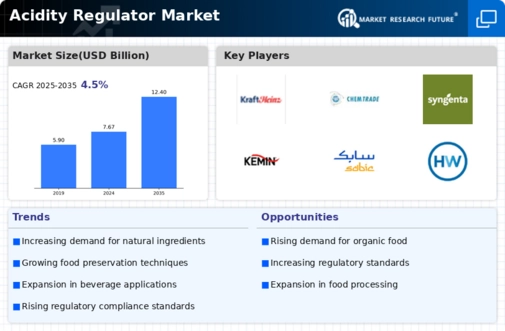
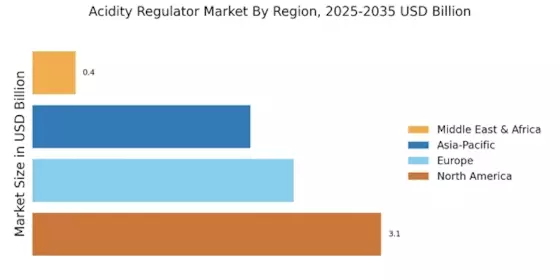
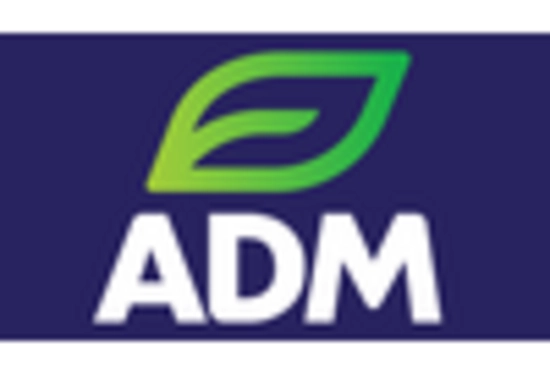

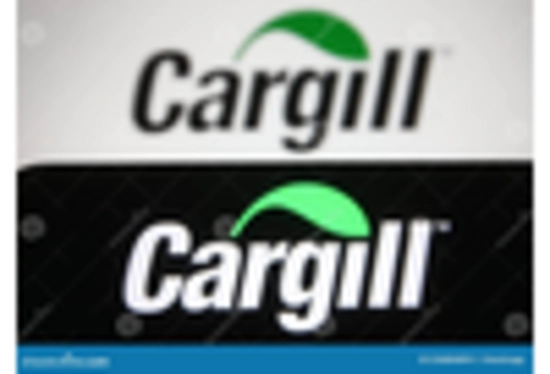
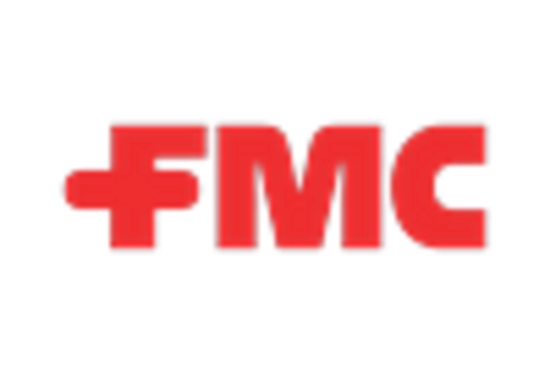

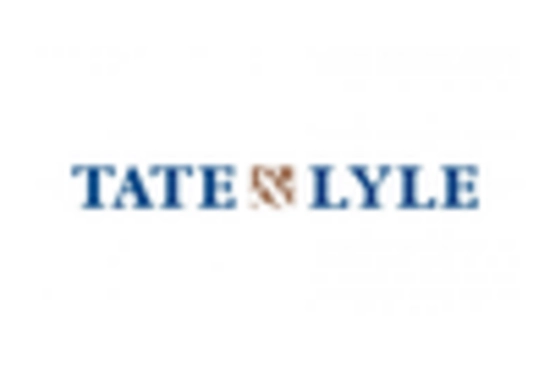








Leave a Comment